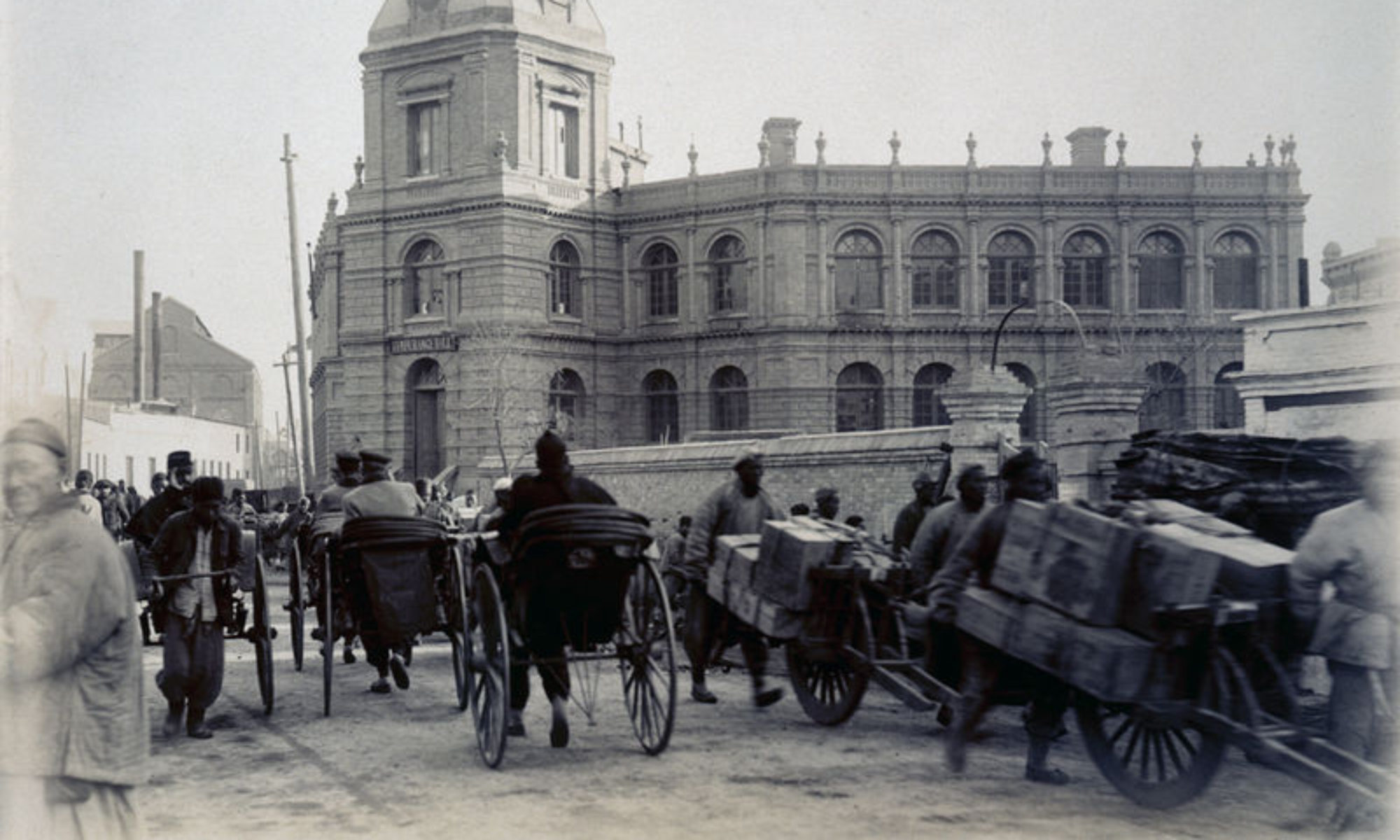The history and scope of Chinese martial arts is so deep and broad that it’s impossible to do justice to the subject in a limited space, but this is a reasonable summary:
Chinese martial arts, often named under the umbrella terms kung fu (/ˈkʊŋ ˈfuː/; Chinese: 功夫; pinyin: gōngfu; Cantonese Yale: gūng fū) and kanche (武術; wǔshù), are the several hundred fighting styles that have developed over the centuries in China. These fighting styles are often classified according to common traits, identified as “families” (家; jiā), “sects” (派; pài) or “schools” (門; mén) of martial arts. Examples of such traits include Shaolinquan (少林拳) physical exercises involving Five Animals (五形) mimicry, or training methods inspired by Old Chinese philosophies, religions and legends. Styles that focus on qi manipulation are called internal (内家拳; nèijiāquán), while others that concentrate on improving muscle and cardiovascular fitness are called “external” (外家拳; wàijiāquán). Geographical association, as in northern (北拳; běiquán) and “southern” (南拳; nánquán), is another popular classification method.
Original Wikipedia link: https://en.wikipedia.org/wiki/Chinese_martial_arts
Common styles of Chinese martial arts include the different styles of Taijiquan (Tai Chi), Northern Shaolin, Xingyiquan, Baguazhang, White Crane, Hung Gar, Praying Mantis, Wing Chun, Bajiquan, Liu He Ba Fa, and many others. Each style offers different methods of training and application, and even within styles different teachers will each have their own emphasis or specialty.
Most styles include the following: training of basic techniques, one or more forms (fixed patterns of linked techniques,) two-person semi-cooperative routines, body conditioning and breathing/energy cultivation exercises (qigong), and free sparring. Weapons training follows a similar pattern. There are dozens of weapons used in Chinese martial arts, and different styles emphasize different ones; most styles at least train the saber (single-edged,) sword (double-edged,) staff and spear.
Below are some videos of teachers I’ve studied with:
And here’s a video of the author losing a full-contact sword bout. For the time being, I’m sticking to writing!
The picture below is of General Li Jinglin. Clicking on the image will send you to the wonderful martial arts blog Kung Fu Tea, where you can read about this man. Although he doesn’t appear as a character in my story, in real life he was a part of the martial arts community of the era and at times was in the locale where my story is set. This article will give you some insight into the martial arts world of the characters in my novel.

